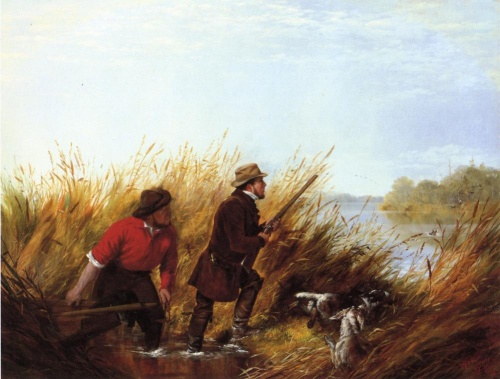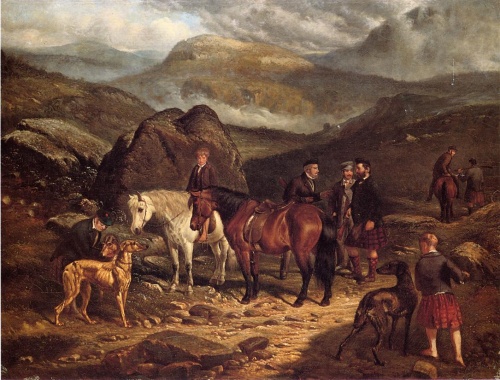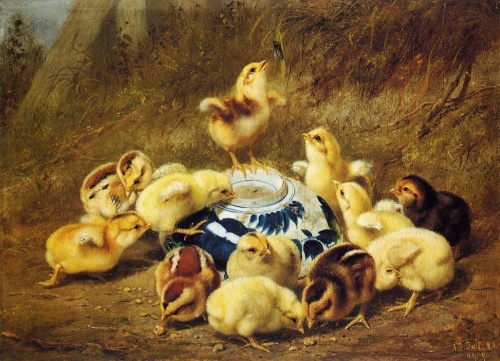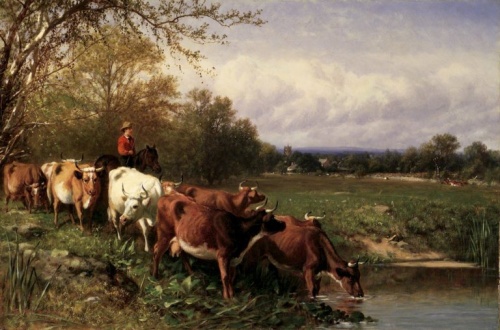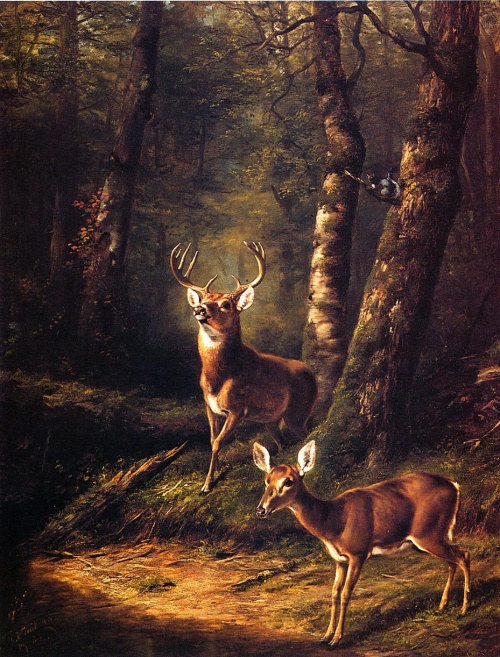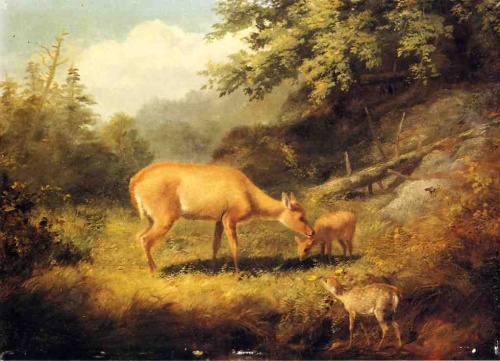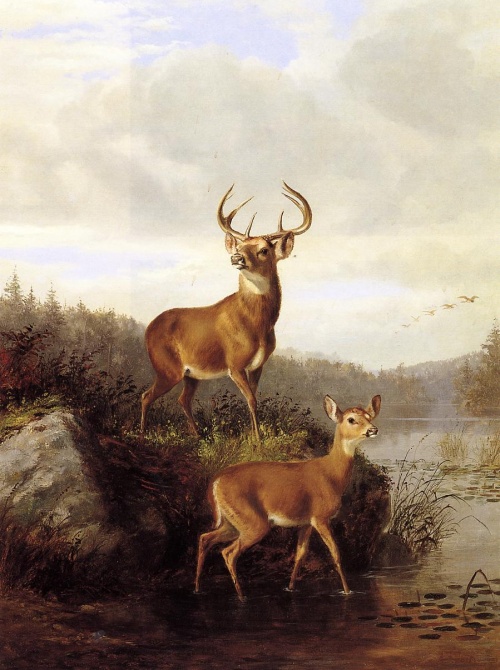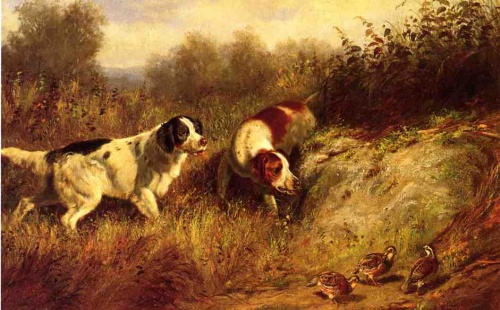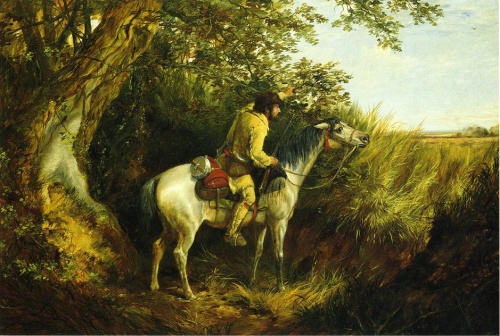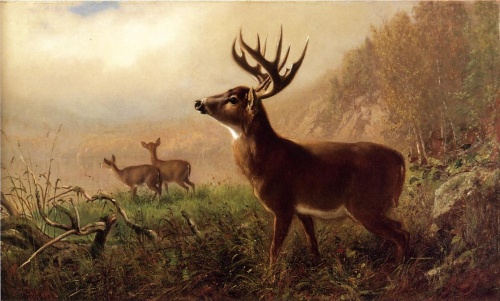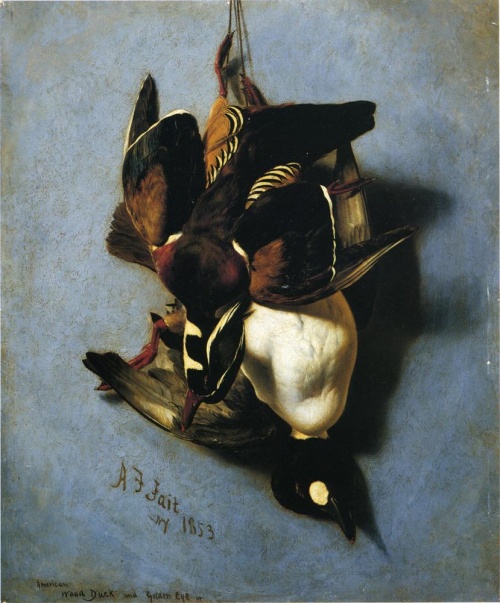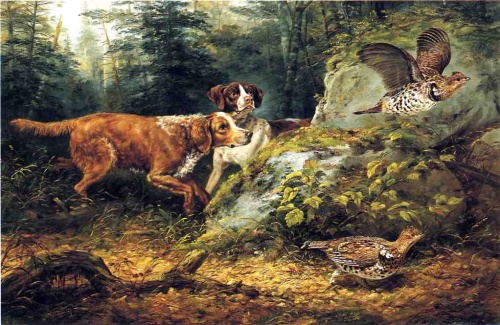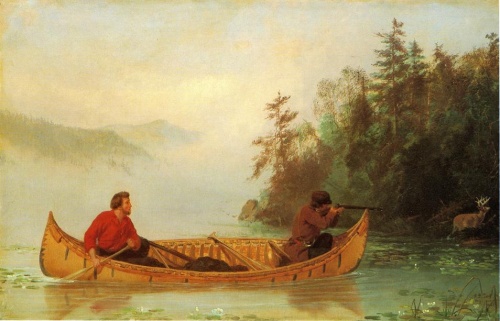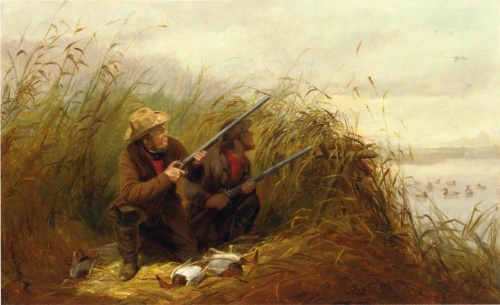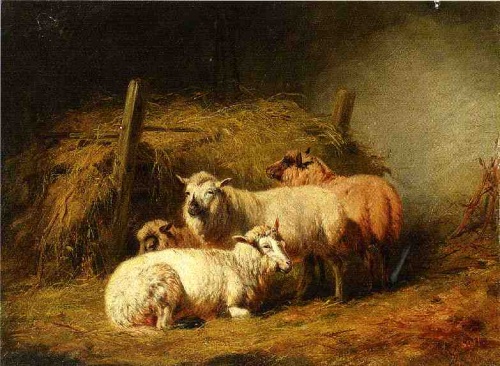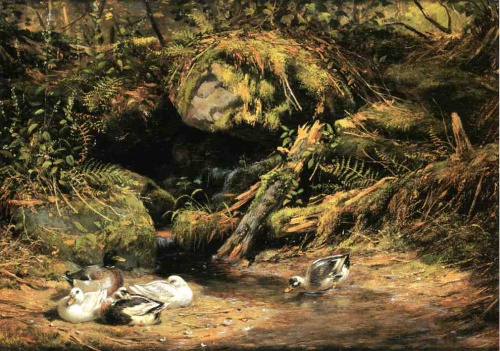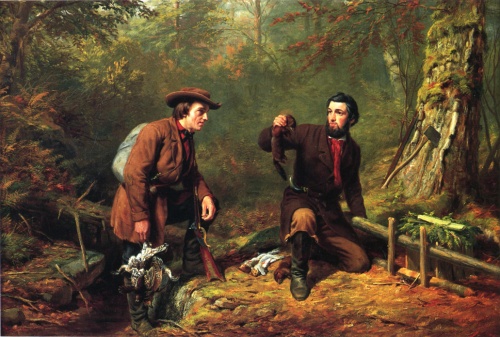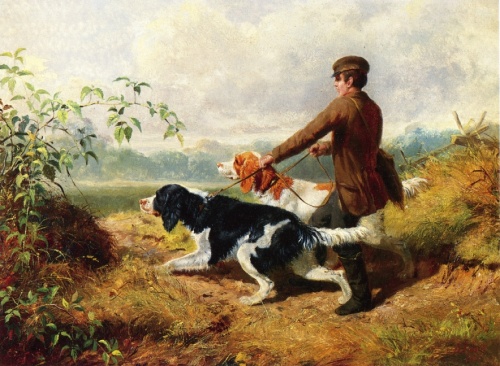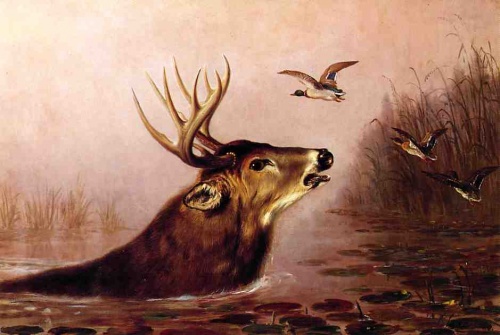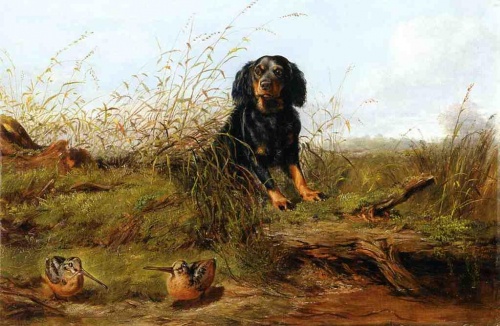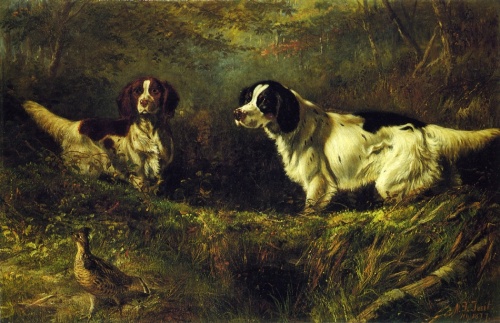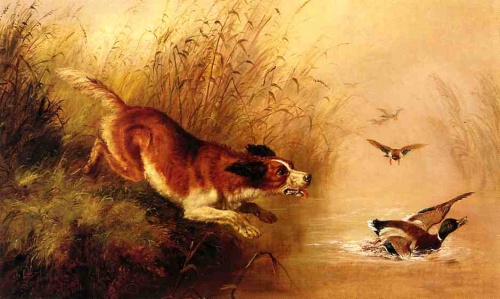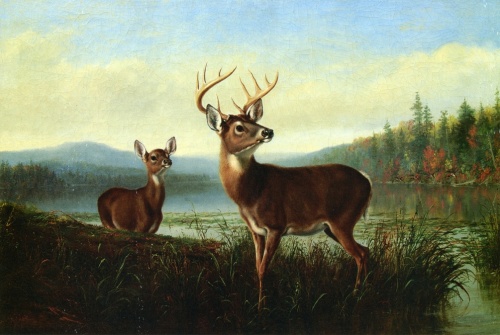Arthur Fitzwilliam Tait (American, 1819-1905) (55 works)
Разрешение картинок от 768x507px до 929x1222px
British-born American artist, known primarily for his paintings of wildlife and hunting. Much of his life and career is connected with New York.
Tate was born at Lively Hall near Liverpool, England. At the age of eight, after his father went bankrupt, the boy was sent to live with relatives in Lancaster. It was then that he became interested in painting and depicting animals.
Later, in Manchester at the age of twelve, Arthur Tate began working at the Agnew & Zanetti art store. His work consisted mainly of helping to produce lithographs for exhibitions, but along the way he began to teach himself how to draw, copying a lot. In the storage room he became acquainted with the work of Edwin Landseer and John Frederick Herring, who painted a lot of animals and hunting scenes. Apparently, they influenced the determination of the main theme for Tate’s work.
Tate also studied drawing at the Royal Manchester Institution, but was largely self-taught.
In 1838 he left the store because he decided to get married.
At the end of 1840, his works became known in North and South America; he took part in the George Catlin exhibition in Paris.
In 1850, Tate emigrated to the United States, where he created a small colony of painters in a painting camp in the Adirondacks mountain region, where he wrote fruitfully during the summer. Some of his hunting scenes were written here.
Having begun collaborating with Currier & Ives in 1852, Tate reproduced many lithographs of his work, thus popularizing his work.
At the end of 1800, an exhibition of Tate's work took place at the National Academy of Design in New York, where more than 200 of his paintings were presented.
In 1853 Tate was elected a fellow of the National Academy, and in 1858 a full member of the Academy.
Tate took an active part in the artistic life of New York until his death in Yonkers, a suburb of New York, in 1905.
